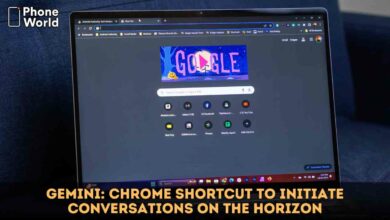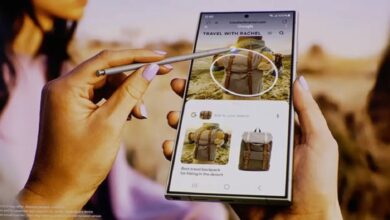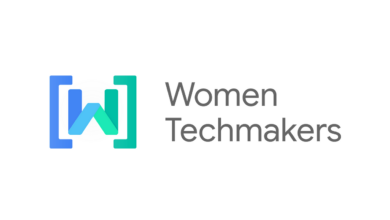Astonishing Discovery: Google Creates a Time Crystal in a Quantum Computer

Google scientists claim in a new research paper that they have used a quantum processor for a useful scientific application: to observe a genuine time crystal. They claim that their results establish a “scalable approach” to study time crystals on current quantum processors. According to the ZDNet, the paper remains in pre-print and still requires peer review.
Let’s first discuss what actually the ‘time crystal’ is. Time crystals are no less than a new “phase of matter”, as researchers put it, which has been theorized for some years now as a new state that could potentially join the ranks of solids, liquids, gases, crystals and so on.
Astonishing discovery: Google Creates a Time Crystal in a Quantum Computer
Understanding why time crystals are interesting requires a little bit of knowledge in physics. It works on the second law of thermodynamics, which states that systems naturally tend to settle in a state known as “maximum entropy”.
To make it easier to understand, let’s take an example: if you pour some milk into a coffee cup, the milk will eventually dissolve throughout the coffee, instead of sitting on the top, enabling the overall system to come to an equilibrium. This is because there are many more ways for the coffee to randomly spread throughout the coffee than there are for it to sit, in a more orderly fashion, at the top of the cup.
This irresistible drive towards thermal equilibrium, as described in the second law of thermodynamics, is reflective of the fact that all things tend to move towards less useful, random states. As time goes on, systems inevitably degenerate into chaos and disorder – that is, entropy.
On the other hand, Time crystals, fail to be stable in thermal equilibrium. They get stuck in two high-energy configurations that they switch between – and this back-and-forth process can go on forever.
Check Also: Here is How to Block other Users on Google Drive
Since 2012, Time crystals have been a topic of interest, when Nobel Prize-winning MIT professor Frank Wilczek started thinking about them. Since then the theory has been denied, debated and contradicted many times.
Google researchers used a chip with 20 qubits to serve as the time crystal
Several attempts have been made to create and observe time crystals to date, with varying degrees of success. Last month, a team from the Delft University of Technology in the Netherlands published a pre-print showing that they had built a time crystal in a diamond processor. But that was a smaller system than the one claimed by Google.
According to the lecturer at the school of physics and astronomy at the University of Birmingham, von Keyserlingk, Google researchers used a chip with 20 qubits to serve as the time crystal. He also explained that it is easy to simulate around 10 qubits while using a laptop. Add more than that, and the limits of current hardware are soon reached: every extra qubit requires exponential amounts of memory.
There is still much time required to find a definitive useful tool for time crystals. But once this technology is implemented, it will revolutionize classic computers.
You can get more detail about the paper by clicking Here
Source: ZDnet
PTA Taxes Portal
Find PTA Taxes on All Phones on a Single Page using the PhoneWorld PTA Taxes Portal
Explore NowFollow us on Google News!






Good article.